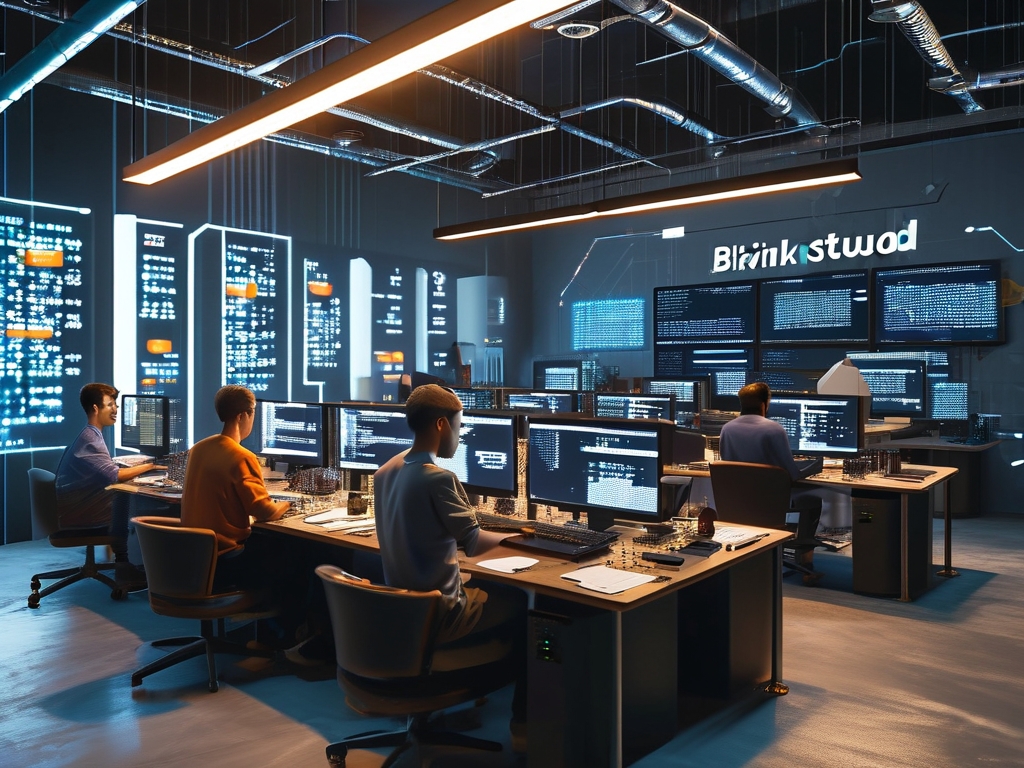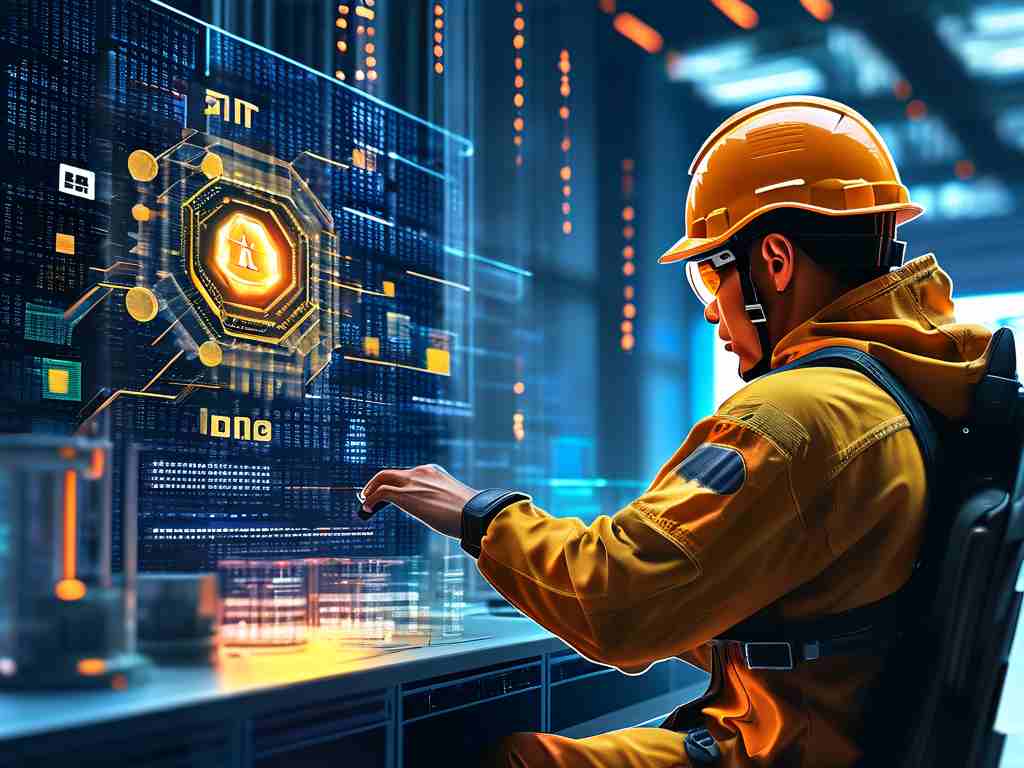The convergence of digital innovation and physical collaboration spaces has given rise to a groundbreaking concept: blockchain offline studios. These hubs are redefining how developers, entrepreneurs, and creatives interact with decentralized technologies. By merging hands-on teamwork with blockchain’s transparent framework, these studios address critical gaps in the tech ecosystem while fostering real-world problem-solving.
The Emergence of Blockchain Physical Spaces
Unlike virtual meetups or remote hackathons, blockchain offline studios provide tangible environments where ideas transition from whiteboards to prototypes. Equipped with high-performance computing resources, secure testing environments, and mentorship programs, these spaces cater to both seasoned developers and newcomers. For instance, a studio in Berlin recently hosted a 12-week program where teams built supply chain solutions using Hyperledger Fabric, resulting in three enterprise-ready pilots.
Why Physical Spaces Matter in a Digital World
While blockchain thrives online, face-to-face interactions remain irreplaceable. Offline studios enable rapid iteration through immediate feedback loops. During a workshop in Singapore, a DeFi project team debugged a smart contract vulnerability in hours—a task that might have taken weeks in a distributed remote setup. Moreover, these spaces foster serendipitous collaborations. A graphic designer might partner with a Solidity developer to create an NFT marketplace UI, blending aesthetics with functionality.
Key Features of Successful Studios
- Toolkit Diversity: Top studios offer access to multiple blockchain frameworks (Ethereum, Polkadot, Cosmos) and cross-industry datasets.
- Regulatory Guidance: With evolving compliance requirements, studios like Dubai’s “ChainHQ” provide legal workshops alongside technical training.
- Community Governance: Many adopt DAO-like structures, allowing members to vote on resource allocation. For example, Tokyo’s Crypto Garage lets teams propose hardware upgrades through token-based polls.
Case Study: From Concept to Mainnet
Consider “BlockLabs” in San Francisco. In 2023, a team within its studio developed a carbon credit tracking system using a hybrid of IoT sensors and a permissioned blockchain. The project secured $2M in seed funding after demonstrating a 40% reduction in verification delays compared to traditional methods. Such outcomes highlight how offline environments compress development cycles.

Challenges and Adaptations
Physical studios aren’t without hurdles. High operational costs and geographic limitations persist. However, hybrid models are emerging. “Web3 Nexus” in Seoul streams specialized workshops globally while maintaining a core physical hub. Others leverage partnerships—a Toronto studio collaborates with local universities to share infrastructure costs.
The Road Ahead
As interoperability becomes critical, future studios may integrate AI-driven code auditors or quantum-resistant testing labs. Early indicators suggest a trend toward niche specialization, such as studios focused exclusively on zero-knowledge proofs or decentralized identity systems.

In , blockchain offline studios are more than coworking spaces—they’re innovation accelerators bridging the abstract potential of Web3 with executable solutions. By nurturing collaboration, technical rigor, and regulatory awareness, these hubs are poised to shape the next decade of blockchain adoption.









